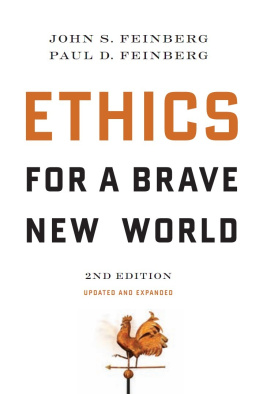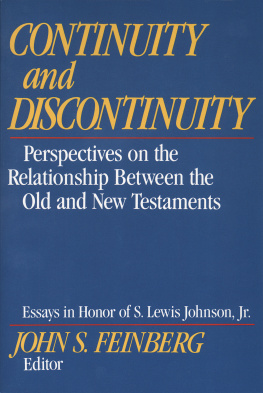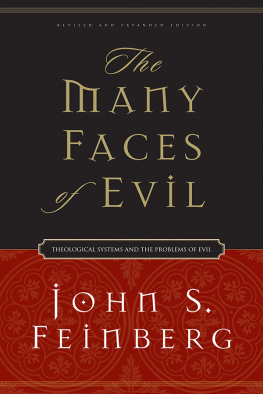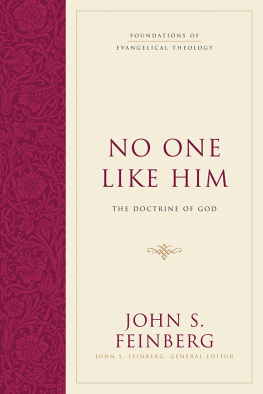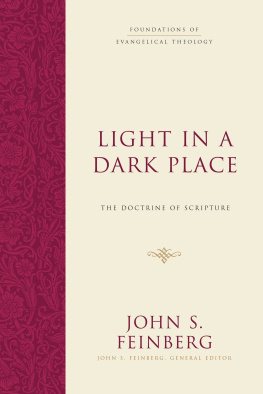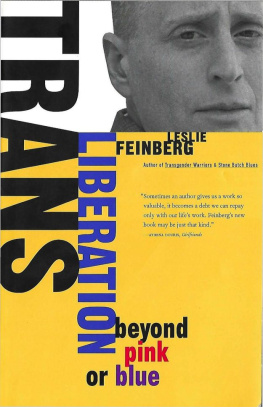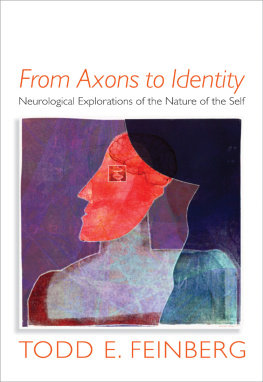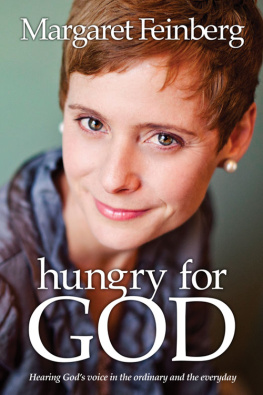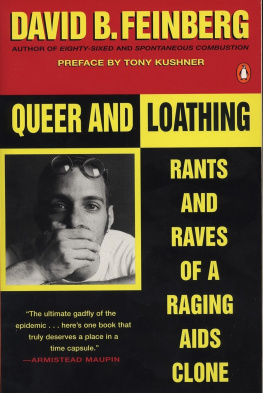Todd E. Feinberg - Consciousness Demystified
Here you can read online Todd E. Feinberg - Consciousness Demystified full text of the book (entire story) in english for free. Download pdf and epub, get meaning, cover and reviews about this ebook. year: 2018, publisher: The MIT Press, genre: Religion. Description of the work, (preface) as well as reviews are available. Best literature library LitArk.com created for fans of good reading and offers a wide selection of genres:
Romance novel
Science fiction
Adventure
Detective
Science
History
Home and family
Prose
Art
Politics
Computer
Non-fiction
Religion
Business
Children
Humor
Choose a favorite category and find really read worthwhile books. Enjoy immersion in the world of imagination, feel the emotions of the characters or learn something new for yourself, make an fascinating discovery.

- Book:Consciousness Demystified
- Author:
- Publisher:The MIT Press
- Genre:
- Year:2018
- Rating:5 / 5
- Favourites:Add to favourites
- Your mark:
- 100
- 1
- 2
- 3
- 4
- 5
Consciousness Demystified: summary, description and annotation
We offer to read an annotation, description, summary or preface (depends on what the author of the book "Consciousness Demystified" wrote himself). If you haven't found the necessary information about the book — write in the comments, we will try to find it.
Consciousness Demystified — read online for free the complete book (whole text) full work
Below is the text of the book, divided by pages. System saving the place of the last page read, allows you to conveniently read the book "Consciousness Demystified" online for free, without having to search again every time where you left off. Put a bookmark, and you can go to the page where you finished reading at any time.
Font size:
Interval:
Bookmark:
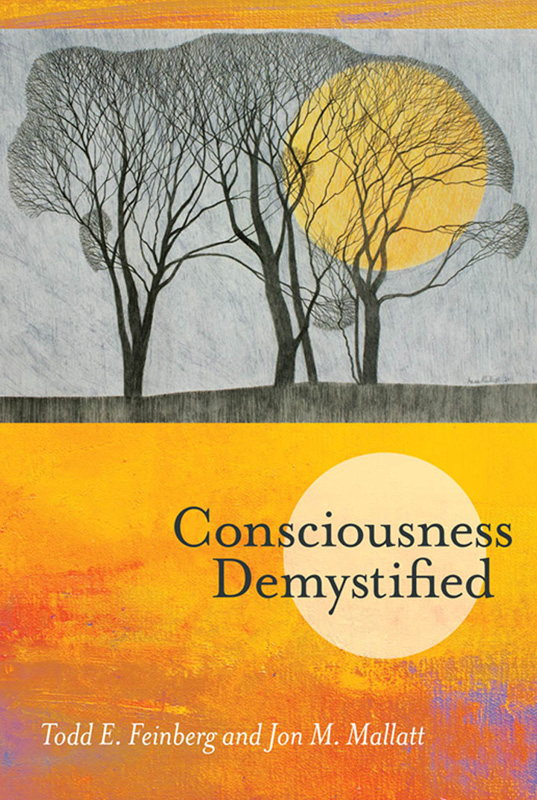
2018 Massachusetts Institute of Technology
All rights reserved. No part of this book may be reproduced in any form by any electronic or mechanical means (including photocopying, recording, or information storage and retrieval) without permission in writing from the publisher.
This book was set in ITC Stone Sans Std and ITC Stone Serif Std by Toppan Best-set Premedia Limited. Printed and bound in the United States of America.
Illustrations Mount Sinai Health System, reprinted with permission (unless otherwise noted).
Library of Congress Cataloging-in-Publication Data
Names: Feinberg, Todd E., author. | Mallatt, Jon M., author.
Title: Consciousness Demystified / Todd E. Feinberg and Jon M. Mallatt.
Description: Cambridge, MA : MIT Press, [2018] | Includes bibliographical references and index.
Identifiers: LCCN 2018007481 | ISBN 9780262038812 (hardcover : alk. paper)
eISBN 9780262349383
Subjects: LCSH: ConsciousnessHistory. | Evolution.
Classification: LCC BF311 .F375 2018 | DDC 153dc23 LC record available at https://lccn.loc.gov/2018007481
ePub Version 1.0
Preface
Most scientists who study consciousness agree that at some point in the history of life on Earth, animals that have consciousness evolved from simpler animals that did not have it. Yet despite this generally accepted fact, many scholars from diverse disciplines have argued that there is something fundamentally different about the nature of consciousness. Unlike third-person objective reality, there appear to be seemingly unbridgeable gaps between the material neurons of the brain and seemingly immaterial experience.
Whereas our previous book, The Ancient Origins of Consciousness (MIT Press, 2016), was more about exploring which animals are conscious and when consciousness evolved, this one centers on the nature of consciousness and these apparent explanatory gaps between the brain as an objectively observed biological organ and subjective experience.
Here we try to explain how, despite the controversies that continue to swirl around the mystery of consciousness, the subjective, first-person, experiencing aspects of consciousness are created by natural brain processes, how they evolved in natural ways, and how the aspects of subjective experience that appear to be unexplainable by known brain mechanisms can in fact be naturally explained. We call our theory neurobiological naturalism, and it is an outgrowth and elaboration of John Searles theory of biological naturalism. We attempt to explain that while subjective experience is unique in nature, there is no need to invoke any new, unknown forces, either physical or nonphysical, to account for its creation. We also link consciousness strongly to life, as a characteristic that evolved in living animal bodies.
Over the last six years or so, we have written a number of scientific publications on the nature and evolution of consciousness. Here we summarize and build on the major findings of our previous works in a more condensed format, using less technical detail, with more emphasis on the main point of how consciousness can be explained. This approach should make it easier for the reader to delve into and understand the nature of consciousness. To help with this goal, we have also included a glossary of the important terms and concepts at the end of the text.
This book adds to and updates our ideas with more findings from the scientific literature published in the several years since we researched our last book. For example, scientists today better understand the nervous circuits responsible for affects (emotional feelings). The neural pathways for the other main aspect of consciousnessbuilding and experiencing mapped mental images of the worldwere worked out at least thirty years ago, so it is exciting that the knowledge of affects is catching up with the knowledge of images.
Our primary goal in writing this book is simple: to demystify and naturalize consciousness. We aim to do this by placing its most perplexing philosophical features squarely among the properties of life and explaining when and why subjectivity evolved and how experience is created.
Acknowledgments
We thank our artist at the Icahn School of Medicine at Mount Sinai, Jill Gregory, for her sterling artwork in this book. Trained as a medical illustrator, she has become a fine animal artist, and her color work is superb.
Todd Feinberg thanks his wonderful wife, Marlene, whoas alwaysis his best friend and ally, and his daughter Rachel, son Josh, and grandson Jake, all of whom continue to inspire him. Jon Mallatt thanks his devoted and ever-young wife, Marisa de los Santos, for her constant support and help, and his daughter Justine for her great love of life.
At the publisher, we especially thank Phil Laughlin, who brought this, our second, book on the subject of consciousness to the MIT Press and expertly guided it through the review process. We also thank four anonymous reviewers, whose suggestions helped us to recast the book from a somewhat different angle and to clarify its thesis and organization. We are most fortunate to have had Judith Feldmann as the production editor and William G. Henry as the copy editor.
What Makes Consciousness Mysterious?
When we compare consciousness to the rest of biology, there appears to be something different or unexplained about it. But while we agree that consciousness indeed differs in many ways from the rest of biologyand we will explain what these differences arewe should also point out that biological processes themselves have many unique aspects when compared to the rest of the nonbiological natural world.
The evolutionary biologist Ernst Mayr noted in his book What Makes Biology Unique? that life has properties and functions that are in fact unique to biology among the sciences: reproduction, coded information, metabolism, adaptation to the environment, and so on. Yet despite these special and unique features of life, the consensus among biologists is that all life processes are naturally explainable.
As Mayr explains, for centuries scholars found life to be so mysterious that many believed in a fundamental life force that both animated matter into life and built developing embryos into complete human bodies. But in the twentieth century, great leaps in understanding the biochemistry of life eliminated any need for belief in a life force.
However, while the scientific basis of life is no longer a philosophical or scientific mystery, in the case of consciousnessmore specifically in the case of subjective experiencethe discontinuity between the brain as an objectively observable biological organ, and the subjective experiences that the brain produces, appears to many scientists and philosophers to be mysteriously unbridgeable. For many scholars, an unexplainable divide always appears to exist between the objective brain and the first-person, subjective experience of consciousness. And while biology in general and nonconscious brain functions such as neural reflexes can be explained completely by the known mechanisms of physics, chemistry, and biology, consciousness displays perplexing features that defy conventional scientific explanation. That is, whenever one tries to explain the relationship between the neurons of the brain and subjective experience, something is always scientifically left out of the equation. The philosopher Joseph Levine called this the explanatory gap between the physical brain and the qualitative aspects of subjective experience that it creates.
Font size:
Interval:
Bookmark:
Similar books «Consciousness Demystified»
Look at similar books to Consciousness Demystified. We have selected literature similar in name and meaning in the hope of providing readers with more options to find new, interesting, not yet read works.
Discussion, reviews of the book Consciousness Demystified and just readers' own opinions. Leave your comments, write what you think about the work, its meaning or the main characters. Specify what exactly you liked and what you didn't like, and why you think so.

